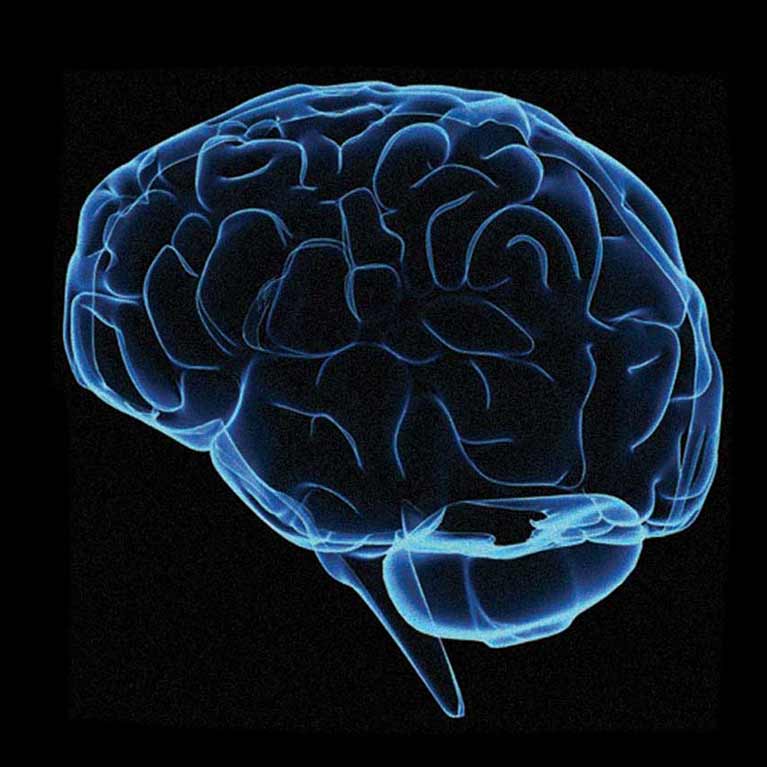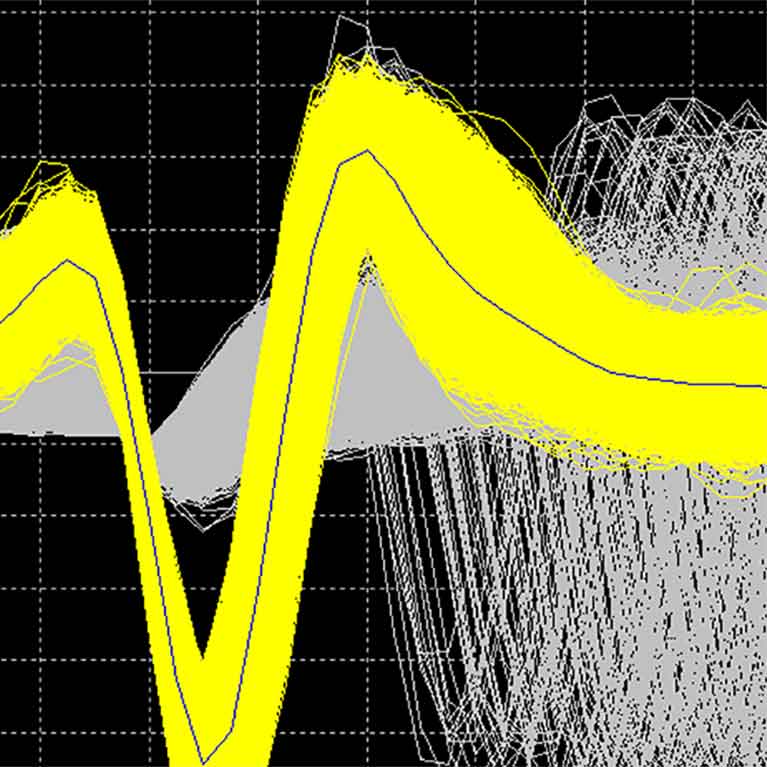Professor
Systems Neurobiology Laboratory
Fiona and Sanjay Jha Chair in Neuroscience


Perception is a constructive process in which the brain integrates sensory information to build an internal representation of the external world. This occurs so quickly and effortlessly that we are unaware it has happened at all. The Reynolds lab works to uncover how the brain achieves this remarkable feat to better understand perception.

Vision is the most well-developed sense in humans, and the visual system is arguably the most well-studied system in the brain. The neural cell types and circuits that make up the visual system are found throughout the brain. Therefore, understanding the neural mechanisms underlying vision can help us gain insights into how the brain works as a whole.
The Reynolds laboratory focuses on developing models to explain the neural mechanisms underlying vision, perception, and conscious awareness. These models are then tested using a variety of techniques, including quantitative studies of perception, neurophysiology, and optogenetics—a cutting-edge research tool that activates specific cells and networks in the brain using light.
Reynolds developed an influential computational model of attention that provided the first unified, quantitative framework for understanding the neural mechanisms underlying attentional selection.
Reynolds discovered that brain activity fluctuations are reduced when attention is directed to a stimulus, resulting in improved perception of that stimulus and, using optogenetics, provided the first causal demonstration that these fluctuations impair the ability to distinguish stimuli.
Reynolds revealed that patterns of neural activity in the visual system are organized in the form of traveling waves that strongly regulate perceptual sensitivity.
BS, Economics, University of Pennsylvania
PhD, Cognitive and Neural Systems, Boston University
Intramural Research Fellow, Laboratory of Neuropsychology, National Institute of Mental Health